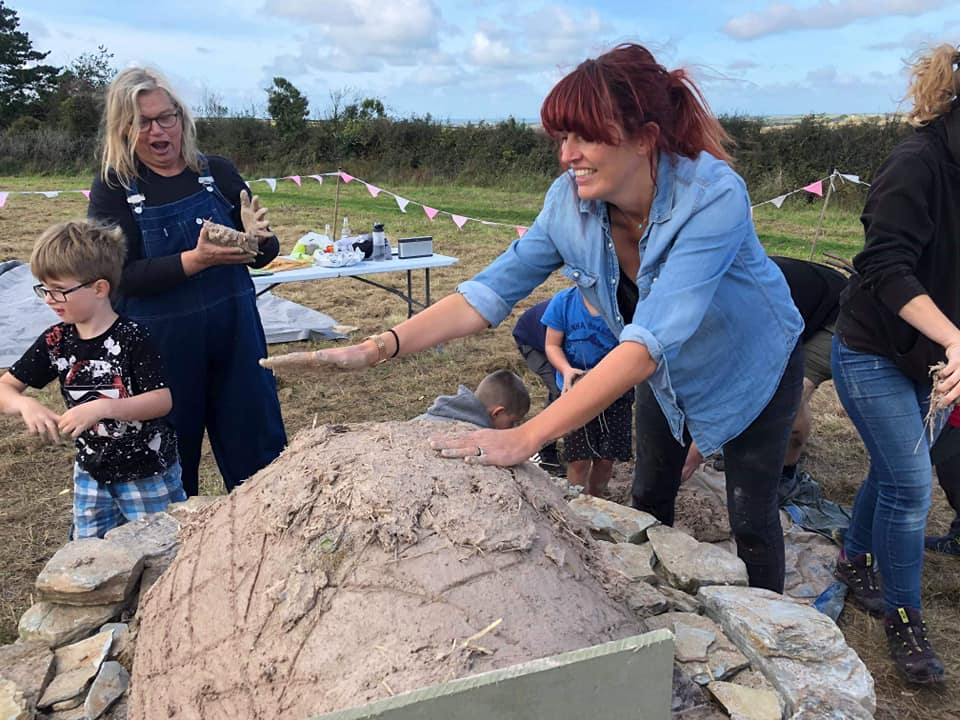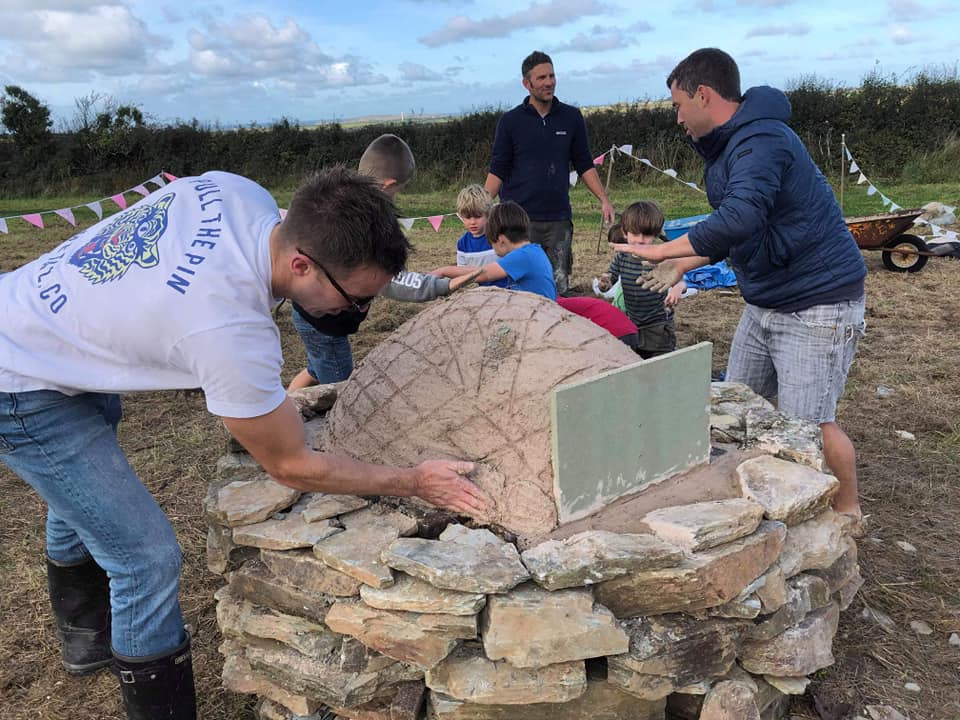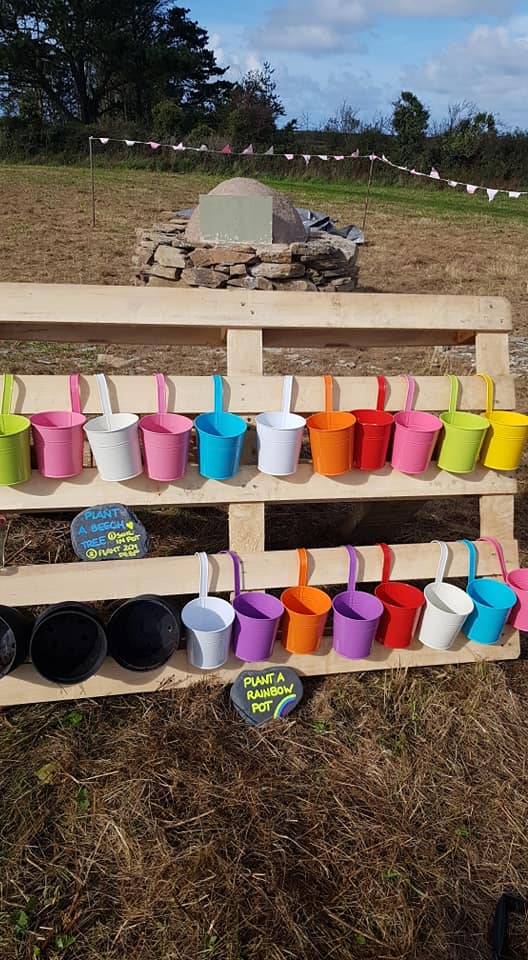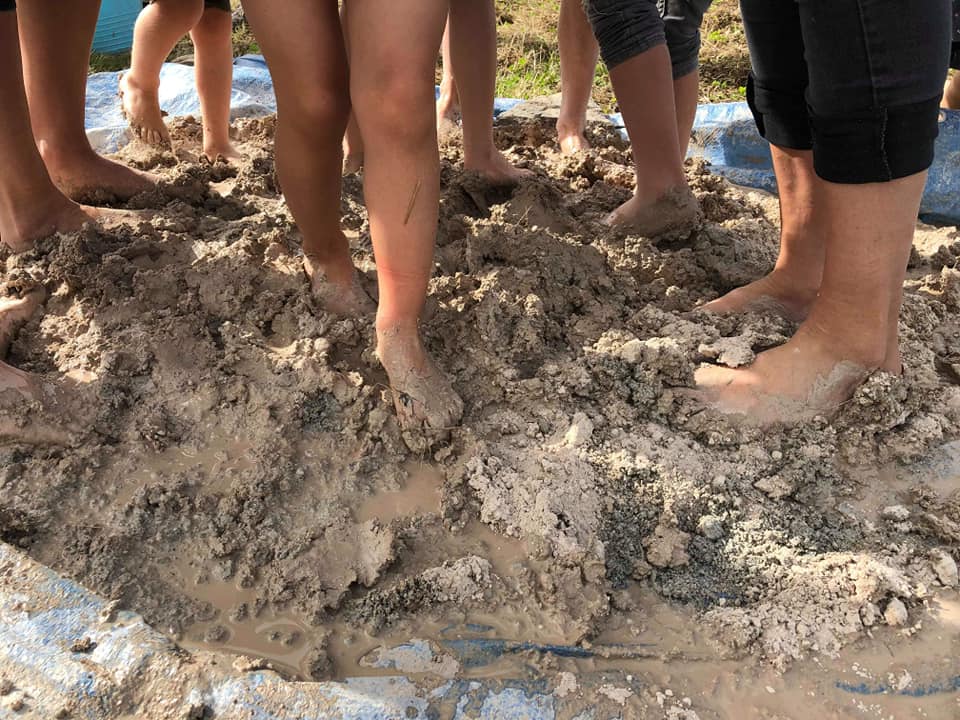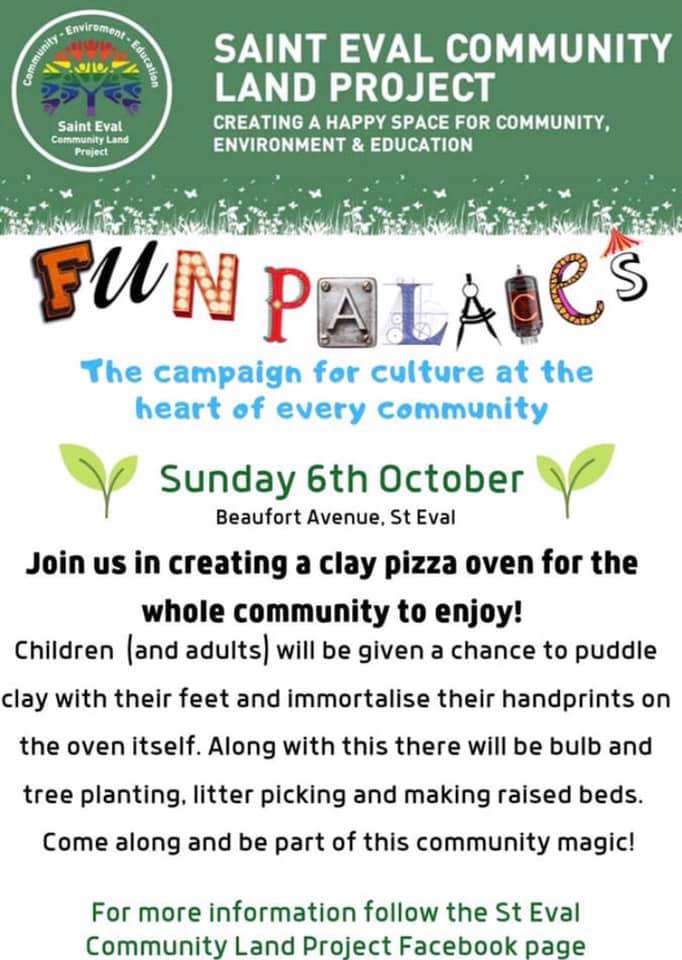A new blog from Celine Elliott, one of our ambassadors in Cornwall, who works with our partner organisation Cornwall Museums Partnership.
It’s been a tough time for optimists. Even for a pathologically positive person like me (blame a childhood in Manchester spent supporting City, at the height of United’s dominance). There has, however, been a slim silver lining to the Covid cloud where I live; the St Eval Community Land Project.

Established by three women in 2017 and open to the whole community, the project has seen a derelict patch of land on the windswept Cornish coast transformed. Following consultation across the neighborhood and a heroic amount of land-clearing (litter picking, barbed wire, building rubble and more had to go), bulbs were put in, heritage apple trees planted, an accessible path built and, thanks to a village-wide effort as part of last year’s Fun Palace weekend, an open-air pizza oven has been built.
The Community Land Project is “all about creating a happy space for community, environment and education”; this could equally describe my role as half of the Fun Palaces Ambassador for Cornwall. It felt natural to combine Fun Palaces with this project, except that normally, Fun Palaces happen indoors or at least with a building nearby. But who ever said there was anything ‘normal’ about Fun Palaces?
An ongoing experiment in cultural democracy, Fun Palaces is constantly challenging ‘normal’.
Last year’s ‘experiment’ in St Eval – a Fun Palace without walls – was a roaring success. An open-air extravaganza where many people who had lived near each other for years without ever actually meeting, or who were new to the area, shared skills and made friends under a wide blue sky.
Now, it feels prescient: the opportunity to benefit from all the things Fun Palaces celebrates but without needing to crowd indoors. It feels like maybe, as we all move tentatively into the next phase of social distancing, together but not too close, this may be the way forward.
I work with museums and I have previously advocated for exploring the idea of ‘museums without walls’. A concept first envisioned by French philosopher Andre Malraux, in his book Le Musée Imaginaire (1965), this place exhibits all the world’s greatest art, free of geographical constraints, free of charge. Digital engagement via the internet – through sites such as ArtUK & USEUM – largely claims to have embraced this.
However, access to digital culture remains challenging. Computers and the internet continue to be out of reach for many, and, even before Covid 19 disrupted our lives, poor public transport infrastructure and prohibitive ticket costs often create barriers to visiting museums and galleries in person.
And we need to viscerally experience our heritage, to feel and see it. It helps to make sense of the world around us. Much of my work is concerned with how cultural institutions can improve the lives, health and wellbeing of the communities they belong to, often through improving access to the collections they hold. But museums are much more than objects.
Museums in Cornwall have always embraced Fun Palaces: opening their doors, galleries and collections for communities to reinterpret and reimagine as public spaces. This can happen beyond the threshold: previously, as part of Fun Palaces the staff of Penlee House Gallery and Museum and PKPothcurno have taken their skills out of the building, working in partnership with The Lescudjack Centre on the Treneere Estate in Penzance.
Perhaps it’s time to revisit the ‘museum without walls’. Reimagine the connection we know we can feel through and with culture, but unbound. Museums of our own making, where we live. What would this look like?
Perhaps it would look more like St Eval Community Land Project. The ‘empty field’ is in fact rich in history: during the Fun Palace last year, local artist Jane Darke helped residents recognise Trevisker Clay, source of ancient pottery on display in museums, connecting the modern village to a Bronze Age settlement on the site of the school in the village. Residents played, planted, painted and laughed.
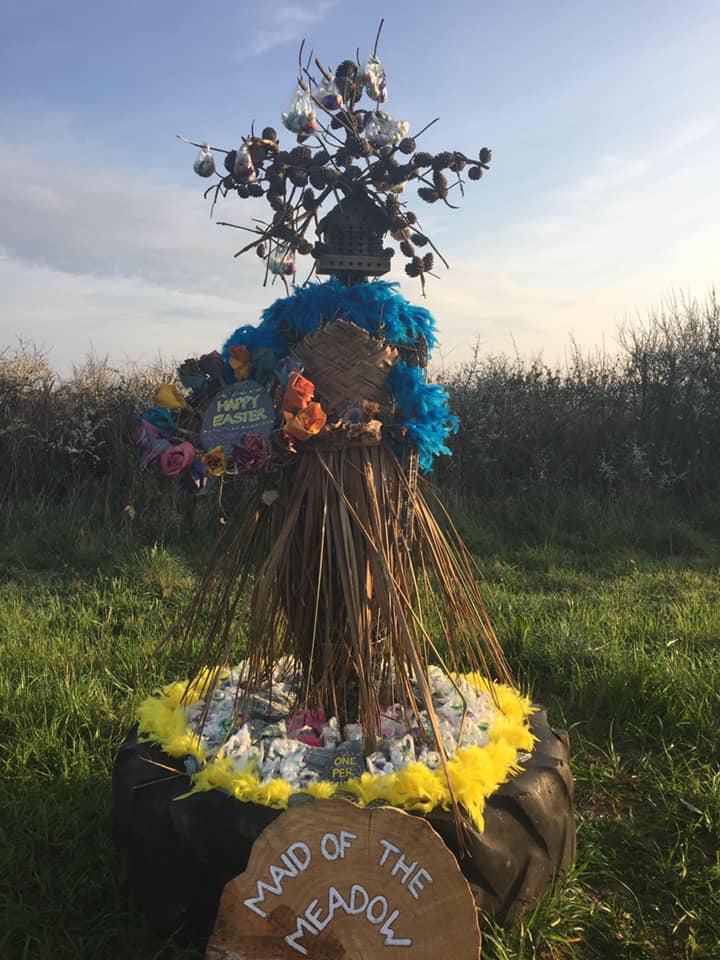
The creativity and collective ‘curation’ haven’t stopped after Fun Palaces. The delicate eco-system in the area has become the concern of those who live here: people share photos of wildlife they’ve spotted, families have planted areas of the meadow with wildflowers during lockdown, someone made a ‘meadow maid’ which became a drop-off point for donated Easter Eggs and seeds. Social distancing has seen a one-way system introduced to the accessible path but with the suggestion to ‘smile and wave’.

The project has become a catalyst for sharing skills and connecting, with where we live and who we live near; the very thing Fun Palaces does so well. Museums work best when they help visitors find new ways to understand the world and will continue to be absolutely vital far beyond the reach of Covid 19. Maybe, like the St Eval Community Land Project, the open-air ‘museums’ of our neighbourhoods could be the next venues for Fun Palaces, helping us to find new ways to understand the world around us and, in turn, making us all the care-takers of where we live.

